SIA Pleads Their Case
In 2017, before the tariffs were implemented, Chinese semiconductors and related products imports were $2.501b, which fell to $2.28b in 2018 when the administration implemented ‘List 1’ & ‘List 2’ product tariffs. In 2019 Chinese semiconductor imports fell further to $1.54b and again in 2020 to $1.49b with the implementation of ‘List 3’ and ‘List 4’, which further limited Chinese semiconductor imports. While semiconductors are pervasive across much of the US industrial base, the SIA cites the semiconductor content in the healthcare and medical device sectors, where intermediate costs have affected the ongoing battle against the COVID-19 pandemic. “Far from incentivizing U.S. manufacturing and bolstering U.S. competitiveness vis-a-vis China, the tariffs are actually pushing American firms to consider highly undesirable and counter-productive mitigation measures as means to offset cost increases, measures that run directly counter to the Administration’s goals.”
In response to the supply chain disruptions caused by the pandemic the global semiconductor industry has pushed production to its limits, at what the SIA calls ‘unprecedented levels’, and competition from multiple sectors of the economy, along with geopolitical tensions, has encouraged production expansion, but the longer-term nature of semiconductor capacity expansion is not expected to have an effect on the shorter-term challenges facing the industry. The 25% tariffs, aside from the inflationary impact, also pushes global semiconductor producers to divert what scarce resources they have to customers that do not have tariffs, as opposed to the US, adding to the US semiconductor shortage issue.
The SIA states that China is not a major factor in global semiconductor technology and the $2.65b semiconductor import level from China in 2020 represented only 6% of total US semiconductor imports and 2.77% of the total US semiconductor market. Further, ‘the reality is that most of the chips imported from China were developed and manufactured at plants owned and operated by U.S. semiconductor companies there. Most of these semiconductors are older, more basic, low-end and lower-value technologies,2 but are still widely used in certain industrial applications, e.g. automobiles.’ Most of the chips imported to the US are from Taiwan, South Korea, and Europe, which means State-owned Chinese semiconductor companies have little incentive to address the US trade, IP, and force technology transfers that were the basis for the original act, transferring most of the tariff burden to the US semiconductor industry and US businesses and consumers.
While China contributes 22% of the assembly, packaging, and testing services for semiconductors that are manufactured in other countries, which are low value and labor intensive processes, Chinese OSATs are less sophisticated technically than those in Taiwan, where much of the advanced packaging takes place. With many of the ATP infrastructure in China being subsidiaries of semiconductor producers in other countries, the cost of moving that infrastructure away from China would further weaken the cost structure of the semiconductor industry and pull capital away from the US semiconductor industry. Tariff exclusions from Section 301 would help to alleviate the semiconductor shortages facing the US economy and would remove the pressure on those companies that rely on imported semiconductors. The SIA does not petition for the removal of all 301 tariffs, but provides a list of those products it feels would benefit the US economy the most if they were excluded from the tariff.
- Dual layer printed circuit board assemblies, each valued over $30 but not over $35
- Butt splice connectors, for a voltage not exceeding 1,000 V, each valued not over $3
- Ring terminals, for a voltage not exceeding 1,000 V
- Machine tools operated by electro-chemical or ionic beam processes - Essential high-end tool for semiconductor manufacturing
- ADP storage units other than magnetic disk, not in cabinets for placing on a table, etc., not entered with the rest of a system - Important electronic good that includes significant U.S. semiconductor content
- Electrical speed drive controllers for electric motors (static converters)
- Printed circuit assemblies - Significant amount of U.S. semiconductors is embedded on printed circuit boards
- Electrical terminals, electrical splicers and electrical couplings, wafer probers, for a voltage not exceeding 1,000 V - Essential high-end tool for semiconductor testing
- Other electrical apparatus for switching or making connections to or in electrical circuits - Semiconductor related product that is majority produced by non- Chinese companies
- Transistors, other than photosensitive transistors, with a dissipation rating of 1 W or more - Semiconductor transistor that is overwhelmingly produced by non- Chinese companies
- Thyristors, diacs and triacs, photosensitive transistors, Parts of diodes, transistors, similar semiconductor devices, photosensitive semiconductor devices, LED's and mounted piezoelectric crystals
- Optical fiber cables made up of individually sheathed fibers
- Machines and appliances for testing the mechanical properties of materials other than metals and other instruments and apparatus, for measuring or checking electrical voltage, current, resistance or power, without a recording device - Essential high-end tool for semiconductor manufacturing
- Instruments and apparatus for measuring or checking semiconductor wafers or devices - Essential high-end tool for semiconductor testing
That said, most of the more technologically advanced products and equipment under the 301 tariffs and more restrictive trade sanctions will remain, even if these basic exemptions are granted, so the concept of stifling China’s advanced semiconductor industry growth, whether you agree with it or not, will remain, while low technology products will allow the US economy to see less price pressure across a wide variety of US products that do not require high-value semiconductors, a necessary step in our view. The current administration is asking for comments as it reviews the status of 301 in light of the current state of the global semiconductor industry and expiring exemptions.

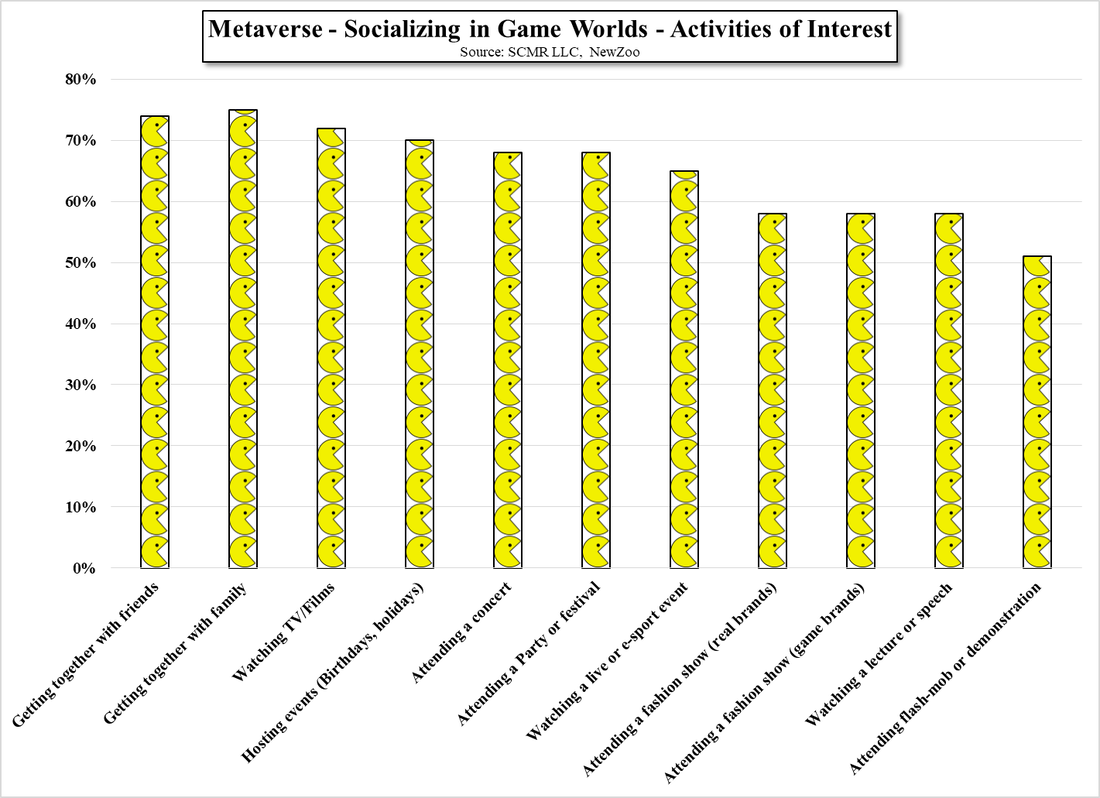
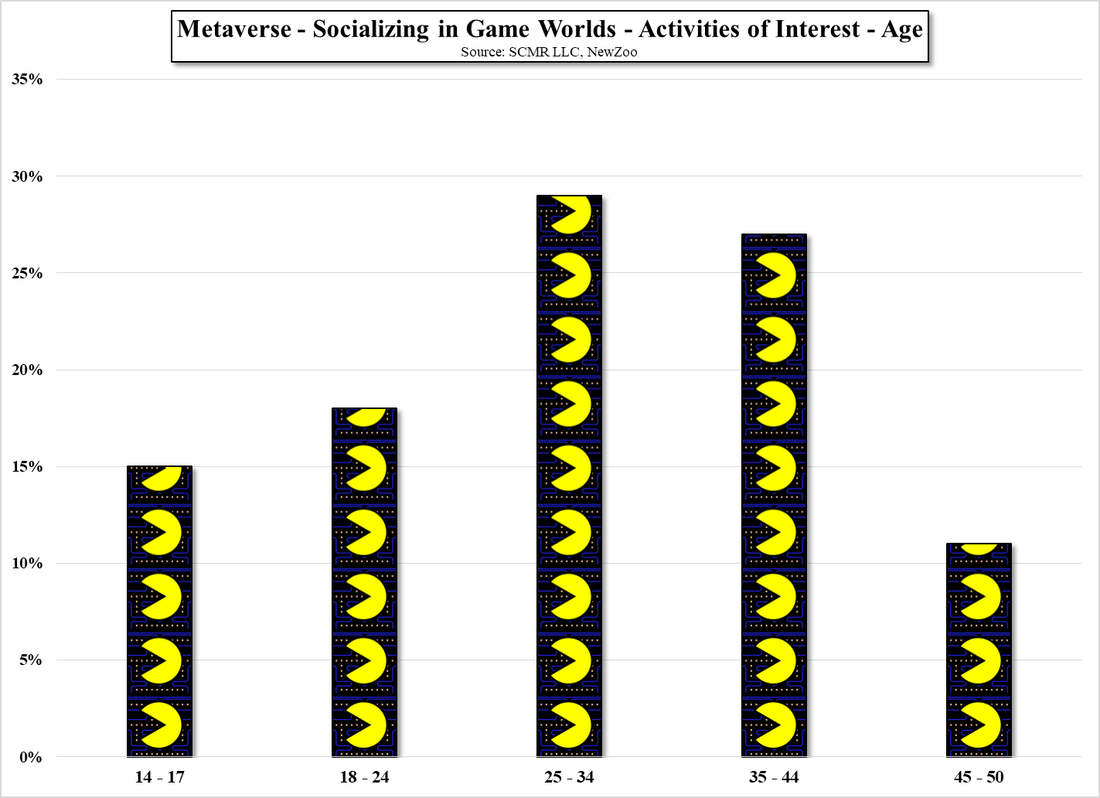
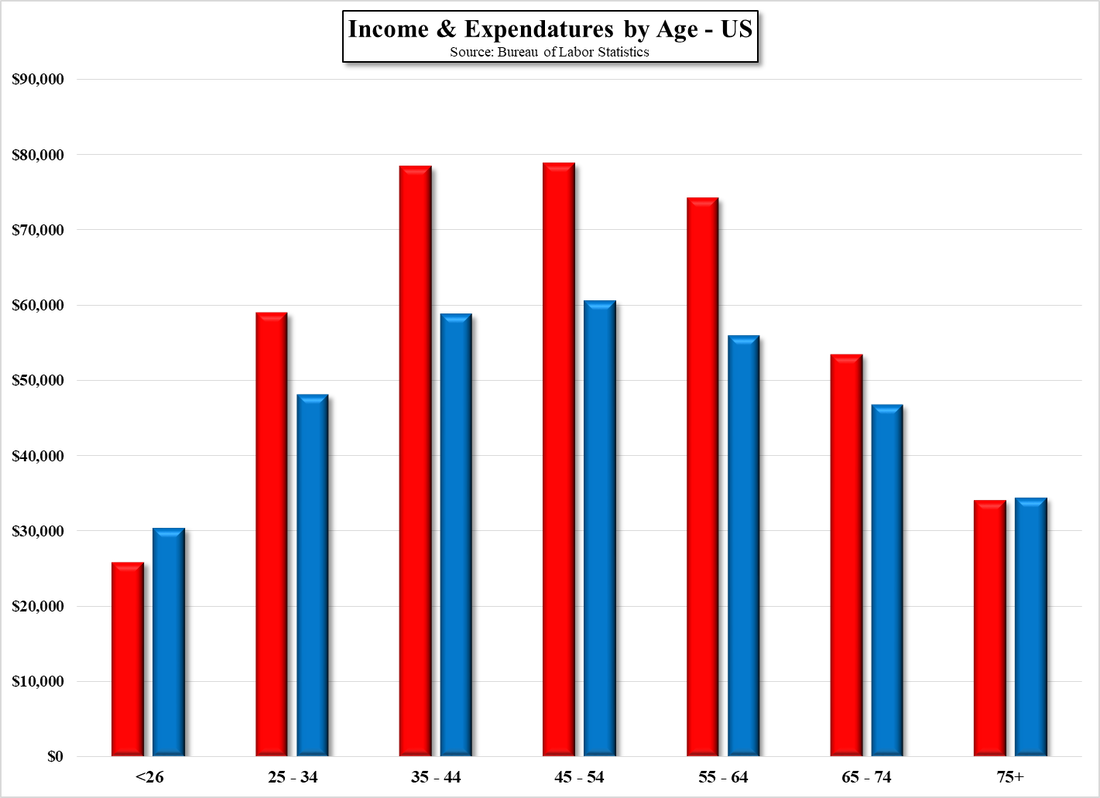






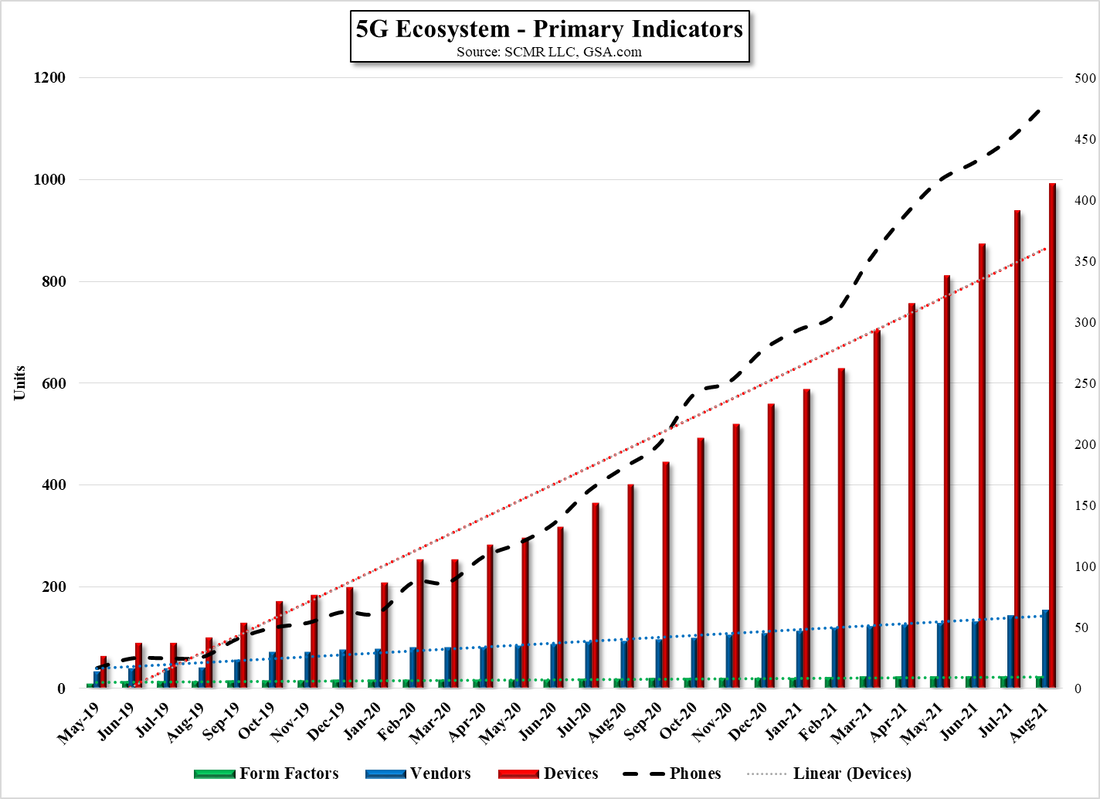
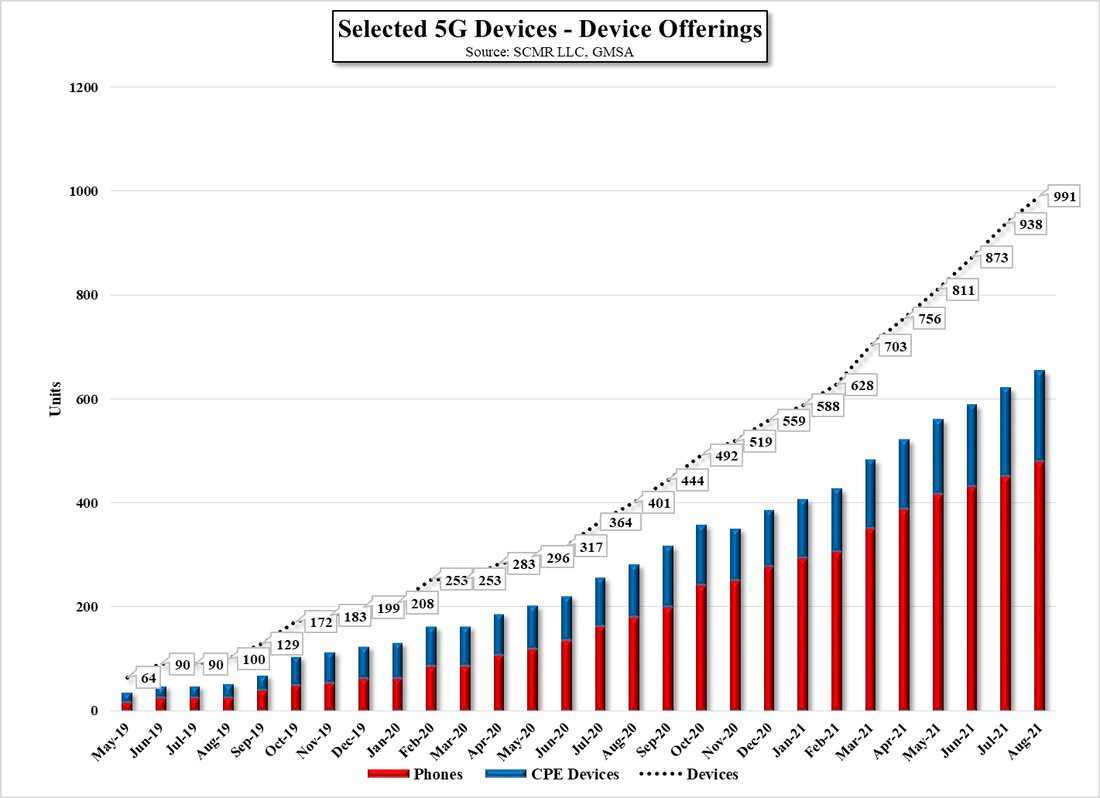
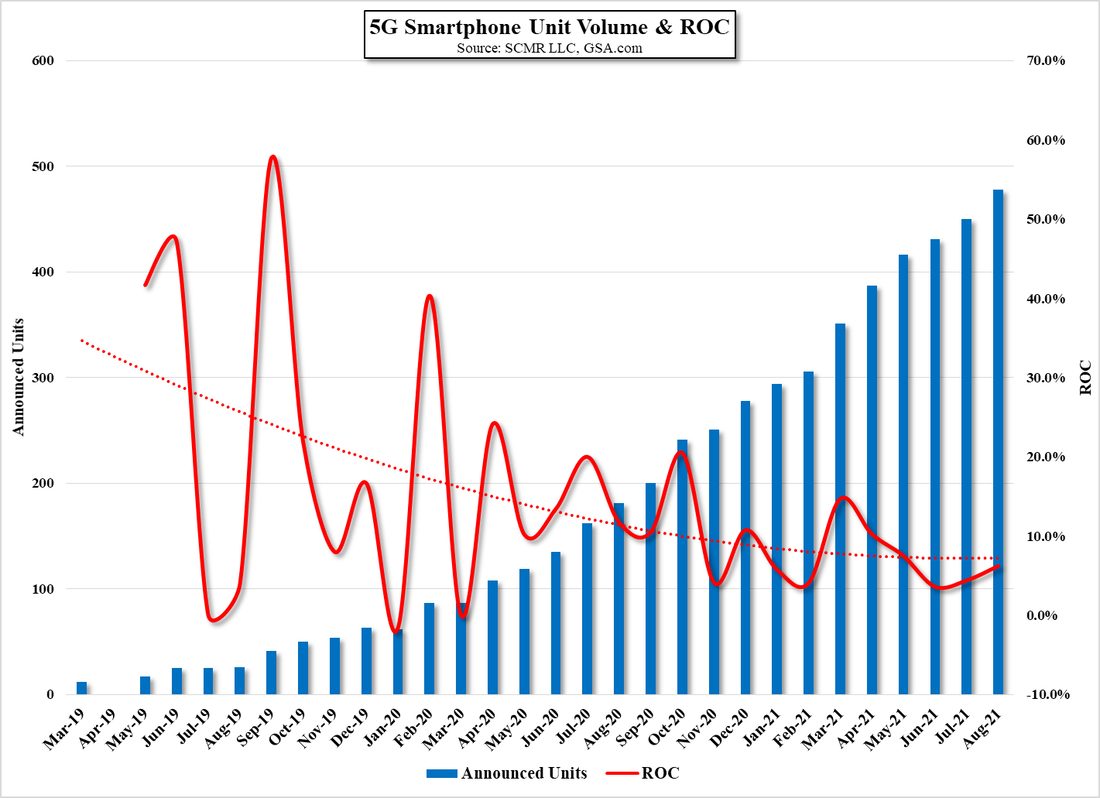

 RSS Feed
RSS Feed